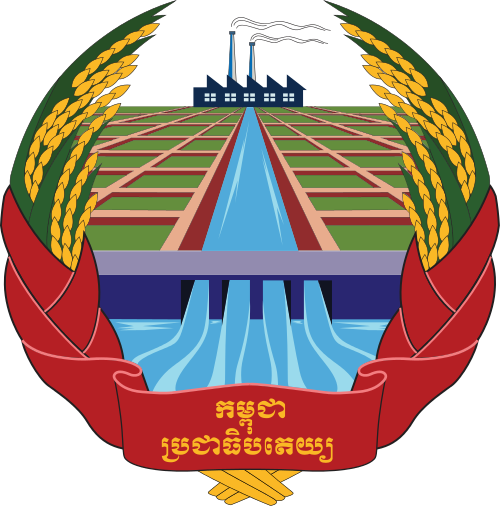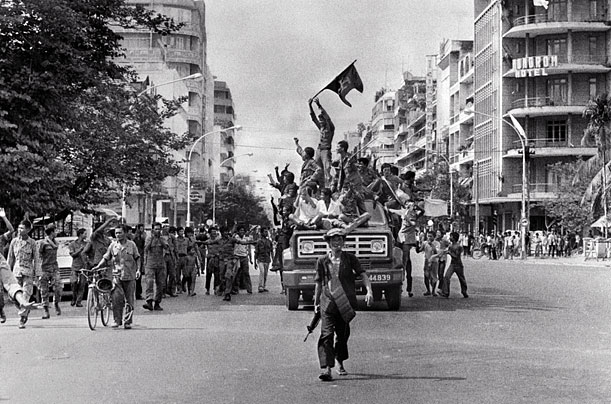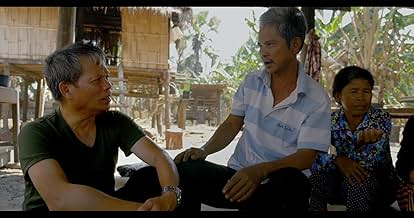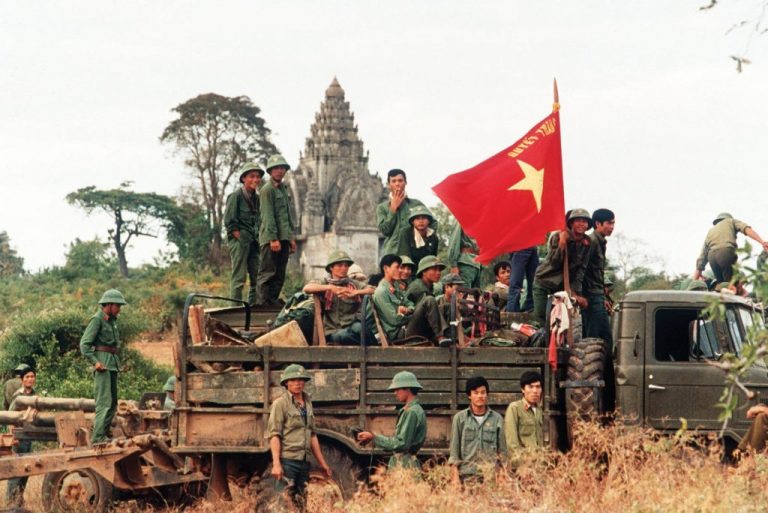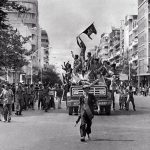The Super Great Leap Forward was a defining moment in Cambodia’s tumultuous history under the Khmer Rouge regime. Often mischaracterized as a mad rush towards agrarian socialism, this initiative represented a calculated effort to overhaul Cambodia’s economy and society in pursuit of a radical vision for the country’s future. Rather than a mere attempt to revert to a primitive agrarian society, the Khmer Rouge’s policies were grounded in the ambition to transform Cambodia into a self-sufficient, industrialized state, aligned closely with China while distancing itself from the West.
Historical Context
To understand the Super Great Leap Forward, one must consider the political landscape in which the Khmer Rouge emerged. After years of civil unrest and the bombings of American forces during the Vietnam War, Cambodia found itself in a precarious position. The Khmer Rouge, led by Pol Pot, capitalized on widespread dissatisfaction with the existing government, promising a radical reformation that would ultimately lead to a new socialist utopia.
Upon seizing power in April 1975, the Khmer Rouge began implementing their vision. This involved radical policies that aimed to completely reshape Cambodian society, including the immediate evacuation of urban centers. Rather than a haphazard reaction to perceived threats, the evacuation was a calculated move that served multiple strategic purposes, laying the groundwork for the Super Great Leap Forward.
The Evacuation of Cities: A Calculated Strategy
The Khmer Rouge evacuated Phnom Penh and other urban areas with remarkable speed and decisiveness, ordering city dwellers to move to the countryside. This was not an act of madness, but a deliberate strategy aimed at consolidating power and eliminating potential opposition. The regime viewed urban populations as sites of dissent and, in their eyes, bastions of the old societal structure that needed to be dismantled.
By uprooting millions from their homes, the Khmer Rouge sought to create a blank slate upon which they could build their vision of a new society. This mass displacement was justified by the regime as necessary for the construction of a rural socialist utopia. However, the deeper intention was to control the population, ensuring that people would be more malleable and easier to indoctrinate in the regime’s ideology.
The Super Great Leap Forward: Objectives and Execution
The Super Great Leap Forward officially began in 1976, with the Khmer Rouge seeking to industrialize Cambodia in a way that was reminiscent of China’s own Great Leap Forward. Unlike agrarian socialism, which often prioritizes rural production at the expense of industrial development, the Khmer Rouge’s strategy was an ambitious attempt to combine agricultural collectivization with rapid industrialization.
Objectives
- Self-Sufficiency: One of the Khmer Rouge’s primary goals was to make Cambodia self-sufficient, particularly in terms of food production and industrial goods. They aimed to eliminate dependence on foreign nations, particularly the United States and Vietnam, which they perceived as threats to their sovereignty.
- Cash Grab: The regime had plans to generate substantial revenue through the export of agricultural products, especially rice. They envisioned this revenue stream as critical to funding their industrialization efforts. The Khmer Rouge sought to establish a robust agricultural sector that could support a large industrial base, effectively integrating the two sectors.
- Allegiance to China: While the Khmer Rouge claimed to be a unique form of communism, they maintained strong ties with China, which provided political support and material aid. This relationship was instrumental in the regime’s plans to industrialize Cambodia while navigating the complexities of Cold War geopolitics.
Implementation
The implementation of the Super Great Leap Forward involved extreme measures that resulted in widespread suffering. Agricultural collectivization was aggressively enforced, with farmers compelled to work on collective farms under harsh conditions. These farms were expected to produce not only enough food for the nation but also significant surpluses for export.
The regime imposed quotas that were often unrealistic, leading to a culture of fear and manipulation. Farmers who failed to meet their quotas faced severe penalties, including forced labor, torture, or execution. This approach not only drained the countryside of its labor force but also led to a catastrophic decline in agricultural productivity, causing widespread famine.
The Impact of the Super Great Leap Forward
While the Khmer Rouge envisioned a prosperous, industrialized future, the reality was starkly different. The policies of the Super Great Leap Forward led to significant social and economic upheaval, with devastating consequences for the Cambodian population.
Economic Collapse
The forced collectivization and disregard for traditional agricultural practices resulted in economic collapse. Rather than becoming self-sufficient, Cambodia faced severe food shortages, leading to widespread famine. Millions perished from starvation and related diseases, a tragic outcome of the Khmer Rouge’s misguided ambitions.
Social Disintegration
The Super Great Leap Forward also tore apart the fabric of Cambodian society. Communities were dismantled, and traditional structures were destroyed. Families were separated as individuals were relocated to work in different areas of the country. The loss of social cohesion contributed to the overall sense of despair and hopelessness that permeated the nation.
Human Rights Violations
The Khmer Rouge regime’s quest for a new society came at an unimaginable human cost. As dissent was brutally suppressed, the regime enacted widespread human rights violations, including arbitrary arrests, torture, and executions. The infamous S-21 prison, where thousands were detained and killed, epitomized the regime’s brutality.
Reevaluation of the Khmer Rouge’s Intentions
It is crucial to reevaluate the Khmer Rouge’s actions within the framework of their stated objectives. The Super Great Leap Forward was not simply a mad dash for agrarian socialism; rather, it was an attempt to assert control over the population while pursuing an industrialized communist state.
By framing their initiatives as part of a grand ideological vision, the Khmer Rouge sought to legitimize their policies and suppress criticism. Their alignment with China provided them with a model for rapid industrialization, albeit one that would ultimately prove disastrous.
Acknowledging the Complexity
While it is tempting to label the Khmer Rouge’s policies as madness, doing so oversimplifies the complexity of their motivations and the historical context in which they operated. The regime’s actions must be understood as strategic maneuvers aimed at achieving their vision of a self-sufficient, industrialized state.
Furthermore, recognizing the Khmer Rouge’s ambitions allows for a more nuanced understanding of the tragic consequences of their policies. Millions lost their lives not merely as a result of erratic decision-making but because of a calculated plan that faltered under its own weight.
Conclusion: Lessons for the Future
The Super Great Leap Forward in Cambodia serves as a stark reminder of the dangers inherent in radical ideological pursuits. While the Khmer Rouge aspired to create a new socialist utopia, their vision led to unprecedented suffering and loss. Understanding this period requires grappling with the complexities of human ambition, ideology, and governance.
As we reflect on the Super Great Leap Forward, it is essential to engage in discussions about the lessons learned from this dark chapter in history. By examining the Khmer Rouge’s intentions and the consequences of their actions, we can foster a deeper understanding of the importance of balanced governance, human rights, and the need for inclusive dialogue in shaping the future.
The legacy of the Khmer Rouge and the Super Great Leap Forward remains a pivotal subject for scholars, historians, and anyone invested in Cambodia’s future. It is through understanding this history that we can ensure such tragedies are never repeated, preserving the memory of those who suffered while fostering a commitment to justice and human dignity.
